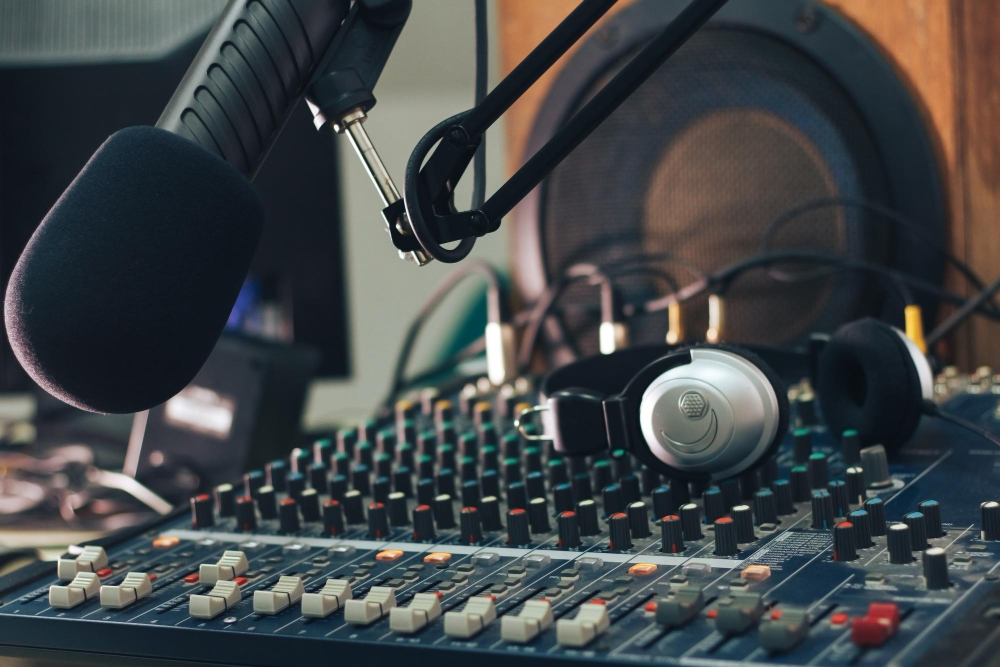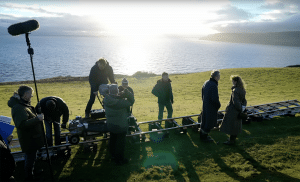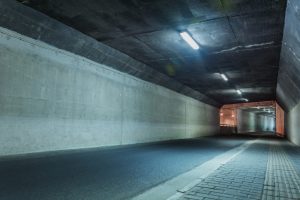Here are the hottest audio recording tips of 2023 as we head into the new year.
No matter what stage you’re at in your audio journey, there is always room for tips and tricks that you may have missed. From using reverb and finding the right headphones to using EQ for dialogue, these tips will help obtain the best-sounding audio in any circumstance. Now that we have learned a few things in 2023, here is an end-of-year round-up of the best audio tips we covered this year.
Reverb
Many audio engineers are no strangers to using reverb. It adds a sense of space, enhancing sound quality and creating a more immersive experience for the audience. Without reverb, sounds can lack depth, in addition to just sounding pretty flat.
Every physical space produces reverb, an effect that occurs when sound is reflected off surfaces and gradually decays over time. We can create this digitally using algorithms, which, in turn, can emulate the reverb effect. Reverb can also be sampled from real spaces (also known as convolution reverb), which results in more accurate reverb for the type of space you’re working in.
In sound design, adding reverb to any given audio provides a more pleasant sound because of its sustained-yet-atmospheric nature. Reverb can be used for dramatic effect to enhance the emotions of a scene, which is a prevalent feature in film scores. Reverb used in dialogue or foley tends to create more realistic iterations of sonic spaces.
Any reverb plug-in will have parameters that you can adjust to your taste. These can influence the behavior of the reverb, such as the pre-delay, decay time, size, and the dry/wet controls.
To learn more, explore the fundamentals of the Reverb Audio Effect.
Mixing and Monitoring Headphones
Mixing and monitoring are essential aspects of audio editing, and they require critical listening to ensure a well-balanced and consistent quality across all frequencies and sound devices. Monitoring the incoming signal during recording is crucial for accuracy and a neutral sound representation. Studio headphones, designed for accurate sound reproduction without artificial enhancements, play a key role in this process.
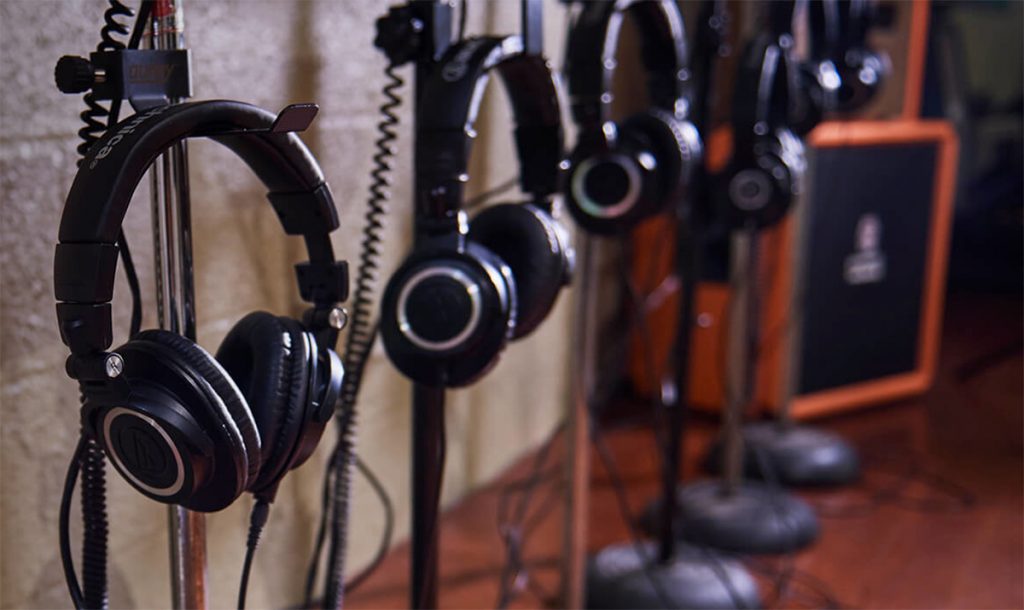
Key features to consider when choosing studio headphones include a flat frequency response, where no frequencies are boosted or minimized, ensuring accurate representation during critical listening. Studio headphones also typically offer a wide frequency range, covering the full spectrum audible to the human ear (20 Hz to 20,000 Hz). This wider range enhances the editing process by providing greater detail and a more comprehensive representation of the soundstage.
Comfort and durability are vital for prolonged use during the audio editing process. Studio headphones often feature softer and bulkier ear cups for comfort, and some models have fully replaceable parts to ensure longevity. Additionally, studio headphones come in two main categories: closed back (for greater isolation) and open back (offers a more natural sound).
For the best headphones from 2023, check out our list of Mixing and Monitoring Headphones.
Microphone Polar Patterns
Microphones come in various shapes, sizes, and functionalities. But how do we know which one to use? Depending on the type of sounds you want to record, there are different microphone polar patterns that denote the sensitivity of a microphone.
Sensitivity in this case is measured in decibels (dB), and each pattern has its own unique shape, representing where the signal has the most optimal pickup. Each polar pattern is represented through a 2D circular graph with the top of the circle being 0 degrees, representing the front of the microphone. The sides are the left and right areas of the microphone, and the bottom is the back, also known as the rear lobe.
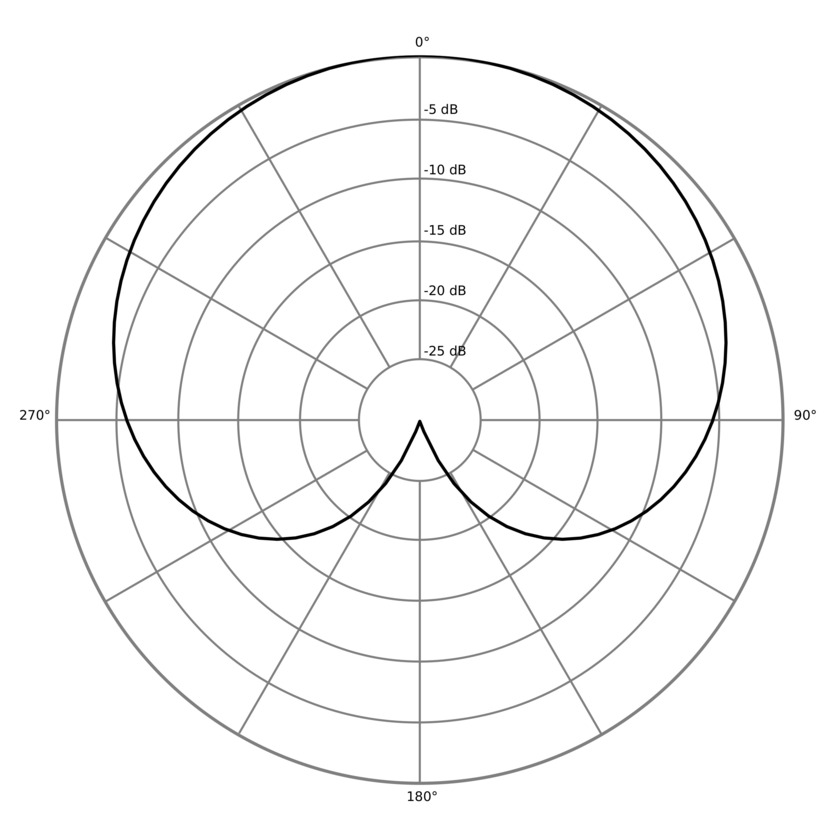
One of the most common polar patterns is the cardioid pattern. Known for its recognizable heart shape (where the name “cardioid” comes from), this is a great all-arounder and can be used in various scenarios from dialogue to field recordings.
Cardioid microphones however aren’t as accurate in terms of directionality. Therefore, some microphone operators may use a supercardioid — a more precise microphone with a narrower pickup pattern, great to use as a boom mic when capturing on-set dialogue.
Microphones can also pick up sound from every direction. Omnidirectional microphones have a fully 360-degree polar pattern, making them ideal for ambient recordings.
There are more polar patterns, and you can learn about them all in our full list of Essential Microphone Patterns.
Plug-ins for Clean Audio
Achieving pristine-sounding audio requires dealing with unwanted noise. However, this has become more manageable through the use of specialized plug-ins.
Unwanted noise is a common challenge in audio. Noise can be categorized as constant (like ambient hums) and sudden noises (e.g., body movements or traffic sounds). Some noise can be controlled and prevented, but others can’t. For example, when capturing audio outdoors, there are sounds that we unfortunately can’t control (the naturally occurring sounds of nature).
When working in controlled environments, prevention is an optimal strategy. Investing in acoustic treatment or noise-reducing equipment such as windshields can significantly diminish noise, making post-production much more manageable, and resulting in superior audio quality.
General editing tools such as EQ and Compression can inadvertently accentuate noise; however, they may necessitate additional steps in post-production, meaning noise-handling plug-ins.
Fortunately, advancements in technology have given rise to cutting-edge plug-ins, some even powered by artificial intelligence. With a primary focus on eliminating unwanted noise without compromising overall audio quality, plug-ins can save your audio.
Check out our list of the Best Plug-Ins for Clean-Sounding Audio.
Capturing and Using Room Tone
Room tone can enhance the realism and depth of a soundscape in your projects. This ambient noise, captured from moments of silence on set, plays a crucial role in dialogue editing, and it contributes to the authenticity of visual scenes.
Every space possesses a unique ambience determined by its dimensions and materials. Furthermore, every space has its natural background noise, known as Room Tone. Bringing back the natural sounds of that space when editing dialogue that is either captured on-scene or recorded as ADR further enhances the realism.
Beyond its use in dialogue, room tone proves valuable in recording sound effects and foley. Room tone can act as a noise profile, which aids in eliminating unwanted background noise in the editing stage. Noise profiles operate as a reference for the editing software to identify and remove undesirable elements such as traffic or electrical humming.
While capturing room tone might be as easy as recording it before the first shoot of the day, room tone does come with its challenges. Air tone, associated with outdoor spaces, introduces unpredictable elements like airplane noise and traffic. For indoor room tone, there will be a larger volume of people (and microphones) on set, so having good crowd control to maintain some silence is useful.
Find out more about How to Capture and Use Room Tone.
EQ Tips (6)
Equalization (EQ) is no stranger in the audio industry. It’s a crucial audio effect that manipulates frequencies to shape sound signals. Its usefulness comes from the ability to address issues such as low-end rumble, and harsh frequencies in your dialogue audio. Furtherore, EQ can tame issues like sibilance to enhance clarity and natural voice tones.
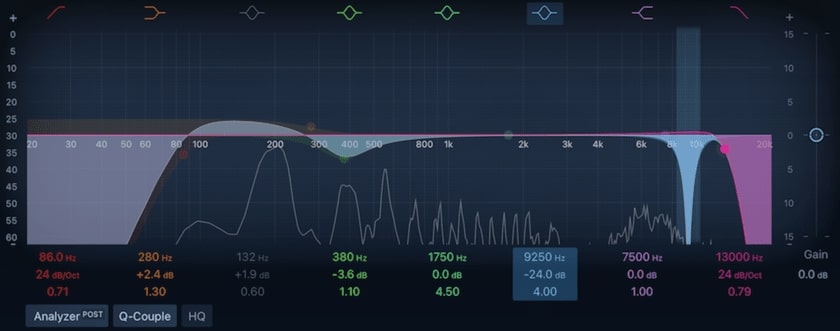
When using EQ, understanding the frequency regions can help when editing audio. Typically the regions are categorized as low-end, low-mids, mids, high-mids, and high-end. EQs have specific filters that can either decrease or boost frequency regions. For example, applying a High Pass Filter at around the 80Hz region can effectively handle low-end rumble, or a Low Pass Filter at around the 12kHz region to tame harsh and unnecessary high-end frequencies.
Room resonance can also be fixed through an EQ by using a bell-shaped filter in the low-mid region to attenuate those muddy frequencies. For more surgical approaches, adjusting and increasing the Q factor narrows the bell shape for better isolation of frequencies.
It’s crucial not to overdo EQ, as it can alter the natural voice tone. Trusting your ears and avoiding excessive reliance on visual graphs is key. While EQ improves dialogue, recording in a controlled environment is essential, as excessive noise removal can impact the natural voice tone.
Find out more about how to use EQ to Improve Your Dialogue Audio.
Cover image via Freepik.
Looking for filmmaking tips and tricks? Check out our YouTube channel for tutorials like this . . .
